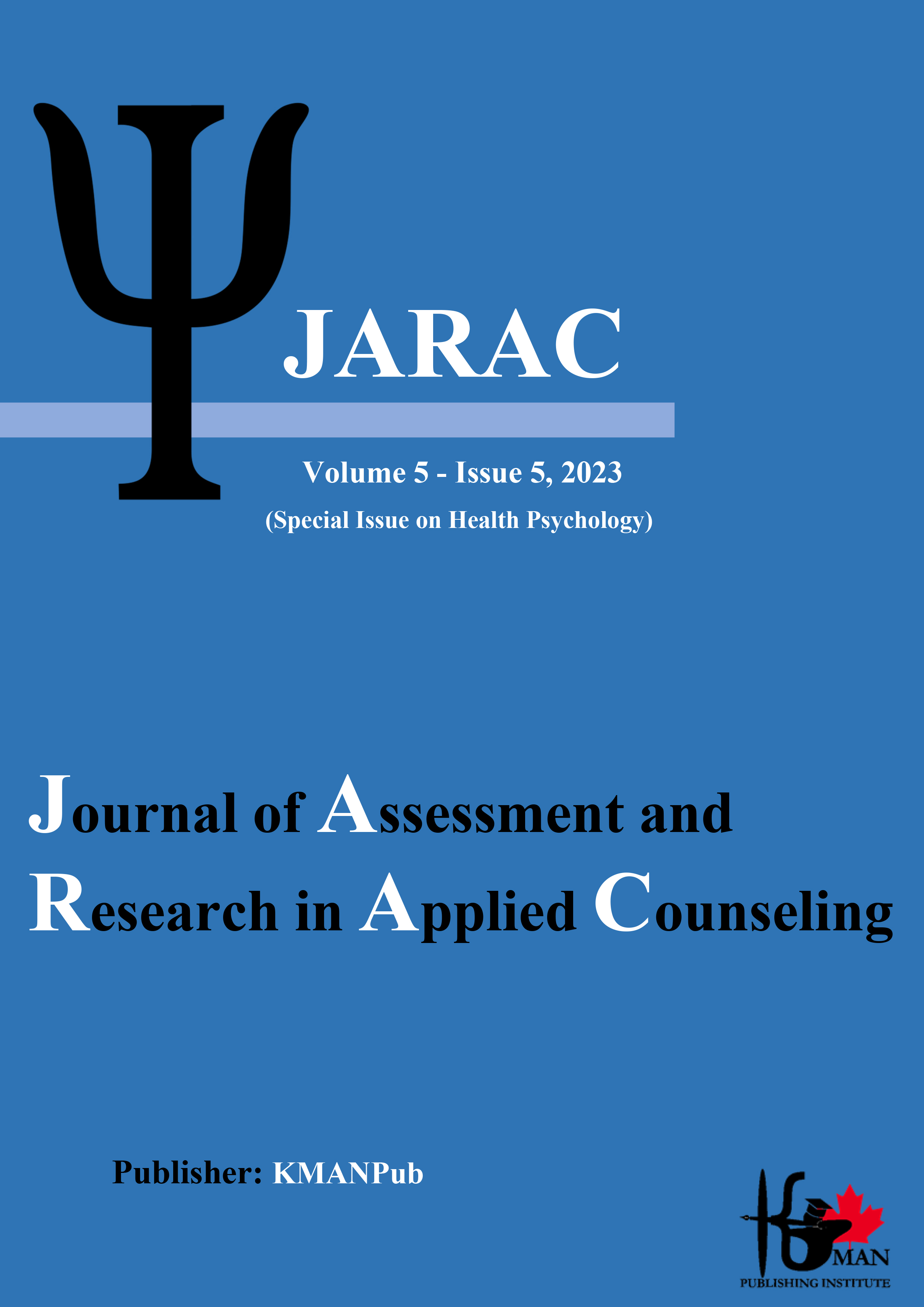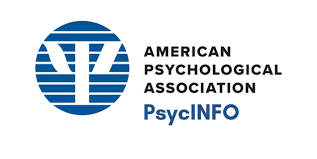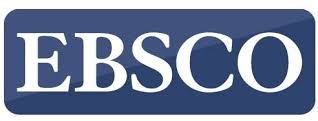The Relationship between Maladaptive Thoughts and Stress with the Mediation of Body Image in People with Bulimia Nervosa
Abstract
Objective: This research was conducted with the objective of examining the relationship between maladaptive thoughts and stress, mediated by body image, in individuals diagnosed with Bulimia Nervosa.
Methods and Materials: The methodology employed in this study was correlational, utilizing path analysis. The statistical population comprised all women diagnosed with Bulimia Nervosa who visited psychological and counseling centers in Tehran during the first three months of 1401 in the Persian calendar. The sample studied included 260 women from these centers, who were selected after explaining the research objectives and obtaining their informed consent, in compliance with the study's inclusion and exclusion criteria. The Dysfunctional Attitude Scale (DAS-26) by Weissman and Beck, the Body Image Questionnaire by Littleton et al., and the Depression, Anxiety, and Stress Scale-21 (DASS-21) were used for data collection. The data were analyzed using path analysis methodology; SPSS version 21 and LISREL software were utilized for data analysis.
Findings: While establishing the assumptions for path analysis, the results indicated that: the direct path from maladaptive thoughts to stress is significant; the indirect effect of maladaptive thoughts on stress through fear of body image is also significant.
Conclusion: Given the findings of this research and the results of related studies in this field, it can be concluded that maladaptive thoughts directly affect the emergence of stress in individuals with Bulimia Nervosa. Moreover, the mediating effect of body image is significant in this relationship, increasing the severity and occurrence of stress in affected individuals. These findings could form the basis for designing intervention programs aimed at improving body image and reducing maladaptive thoughts in affected individuals, thereby preventing the creation of a vicious cycle of these interacting factors.
Downloads
Downloads
Additional Files
Published
Issue
Section
License
Copyright (c) 2024 Melody Vafaey Moghaddam, Kobra Haji Alizadeh, Eghbal Zarei, Azita Amirfakhraei (Author)

This work is licensed under a Creative Commons Attribution-NonCommercial 4.0 International License.















